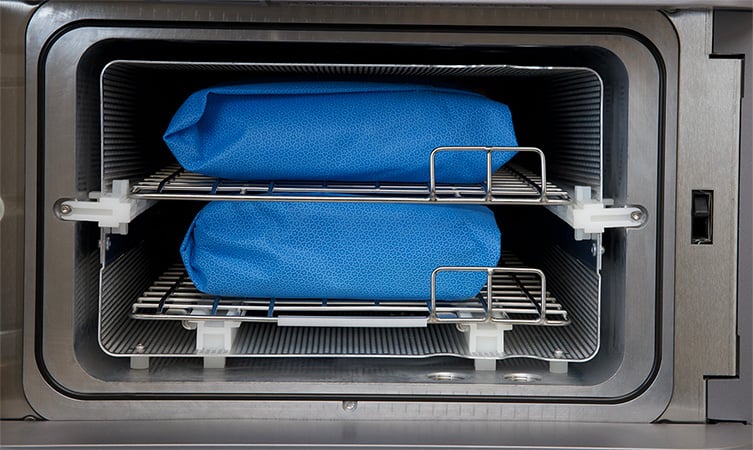Understanding its Importance
Sterile Processing is the systematic method of cleaning, decontaminating, inspecting, sterilizing and storing of medical instruments and devices. This comprehensive process is vital in healthcare settings to ensure that all surgical instruments are safe for patient use and reduces the risk of healthcare-associated infections.4 Effective sterile processing is essential for protecting patients from complications that may arise from contaminated instruments. Hospitals must comply with stringent sterile processing guidelines and standards set forth by multiple bodies, including The Joint Commission (TJC), the Centers for Disease Control and Prevention (CDC), and the Association for the Advancement of Medical Information (AAMI). Additionally, SPDs comply with guidance created by the Association of Perioperative Registered Nurses (AORN) and the Society of Gastroenterology Nurses and Associates (SGNA).
The importance of sterile processing also extends to the financial implications for healthcare systems. Surgical site infection (SSIs) cost the U.S. healthcare system $3.5 to $10 billion annually, increase the risk of readmission, and yet it is estimated that half of SSIs are preventable.2,3 The Centers for Medicare and Medicaid Services (CMS) have started penalizing hospitals with high rates of SSIs and other healthcare-associated conditions, making infection prevention a top priority to improve patient outcomes and control costs.2 Therefore, investing in the Sterile Processing Department (SPD) not only enhances patient safety but also proves to be a financially sound decision for healthcare institutions.
The Sterile Processing Department
The SPD plays a pivotal role in any healthcare facility by managing the decontamination, inspecting, sterilization, and storage of surgical instruments. The SPD is essential for maintaining patient safety, as it ensures that instruments are reprocessed correctly according to the manufacturers’ instructions for use (IFUs) and are free from contaminants before reaching the operating room. The efficiency of SPDs directly impacts surgical schedules and patient care; delays in instrument reprocessing can lead to rescheduled surgeries and increased wait times for physicians and patients.
SPDs typically consist of designated areas for decontamination, preparation, sterilization, and storage of instruments.1 The structure and organization of SPDs are critical for maintaining efficient workflows, documentation, and ensuring that instruments are reprocessed in a timely manner. Proper staffing and training within the SPD are equally important to handle increasing workloads while maintaining sterile processing protocols. An adequately staffed SPD can significantly reduce turnaround times for surgical instruments, leading to on-time surgeries and overall operational efficiency.

